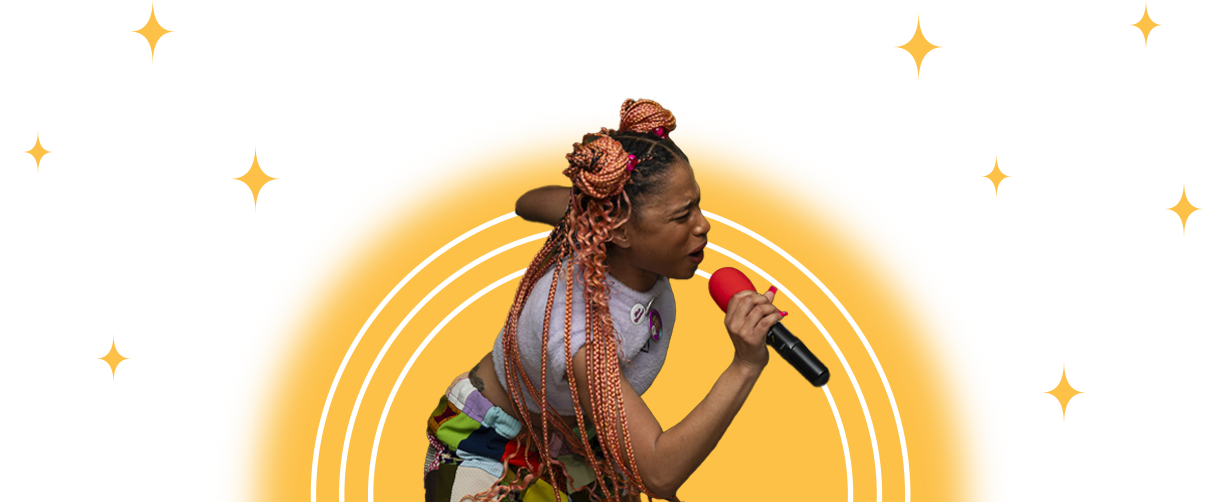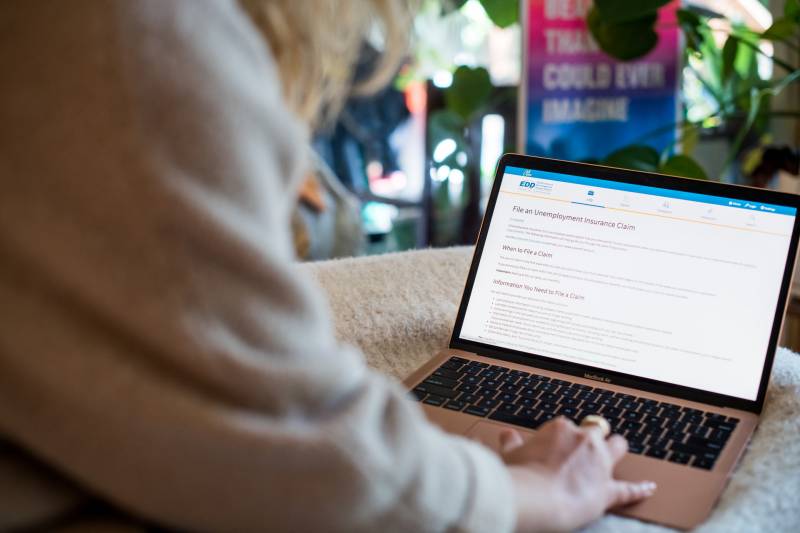Mayor London Breed on Thursday announced distribution of the first round of relief funds for individual artists and cultural organizations that have lost income due to the novel coronavirus.
527 artists and 65 organizations received a total of $1.5 million in grants from the fund launched March 23. Most individuals received $1,500 and most organizations received $15,000.
Organizational grantees include Women’s Audio Mission, Brava! For Women in the Arts, Precita Eyes Muralists Association and the San Francisco International Arts Festival. The funding, distributed in partnership with the nonprofit Center for Cultural Innovation, prioritizes individuals and organizations from historically underserved communities, according to the announcement.
In response to need exceeding available resources—more than a thousand individuals applied for grants—Breed also announced an additional $250,000 public investment in the fund.
“With this additional investment, we continue to support the creativity, flexibility and innovation that artists bring to our city, which will be pivotal as we move forward and get through this crisis together,” Breed said in a statement.
In addition to the $1.5 million in grants, San Francisco made $1 million available as loans available to nonprofits through a partnership with the Northern California Grantmakers. To date, according to the Thursday announcement, five groups have received nearly $215,000 in loans.
Breed also renewed her call for private donors to contribute to the arts relief program.
—Sam Lefebvre (@Lefebvre_Sam)








